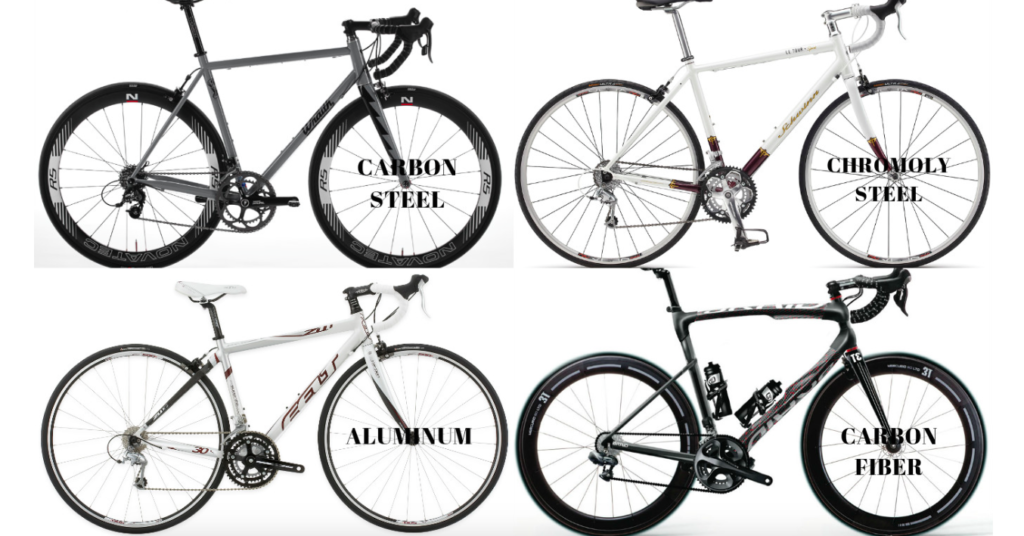
At the start of the year, I wrote an article describing types of bikes for those who wanted to try their feet at cycling but didn’t know where to begin. Today, I’m going to share a follow-up article going one step further to describe bicycle frame materials.
There are a number of materials that manufacturers use to construct bike frames. The quality of your bicycle is largely determined by this material. A premium bicycle will offer maximum strength and minimal weight. The quality of your bike depends the type of bike you own and the way it’s constructed.
Below, I’ve written short summaries of the main types of materials used in making bikes today. Hopefully this synopsis will help inform you of what exists on the market and help you shop for what you want.
Carbon Steel
It’s likely that most of the bikes you’ve seen in your life are made from carbon steel. Carbon is strong and it lasts. Though strong, it is brittle. This makes carbon steel bikes less than ideal for potential crashes. Carbon bikes do, however, come in a variety of different designs due to the fact that the material is easy to shape.
Chromoly Steel
Known to be lighter than carbon steel, chromoly steel is also strong and resistant. Chromoly is used commonly now and is often shaped by manufacturers into designs that take off excess weight. It’s known to last many years and withstand all kinds of weather and conditions. It maintains its form and also offers good flex.
Aluminum
Aluminum is widely used as it is less dense, lighter, and cost effective. Oftentimes, the tube diameter of bikes made with aluminum is wider. Another perk of aluminum is that it doesn’t rust like its steel partners. Aluminum is commonly used in bicycles with suspension because of its lightweight and stiff properties.
Titanium
Titanium bikes are oftentimes more expensive and are found on cross-country mountain bikes or high-end road bikes. According to bigshark.com, titanium alloys are half as stiff as steel, but also half as dense. Although titanium is a common element, it runs high prices on the market because of the meticulous welding and careful machining it takes to make a bike.
Carbon Fiber
Finally, carbon fiber bikes are made from fiber cloth layered together with high strength epoxy resin to form a matrix. It was originally used in the aerospace industry and is expensive due to the cost of the material and the effort to manufacture the material. However, once manufactured, carbon fiber can be shaped into unconventional frames and molded more than any of the other metals.
My hope is that this list gives you a good idea of the bicycle frame materials most widely available on the market today. Hopefully it can assist you in your next purchase! Happy riding!
